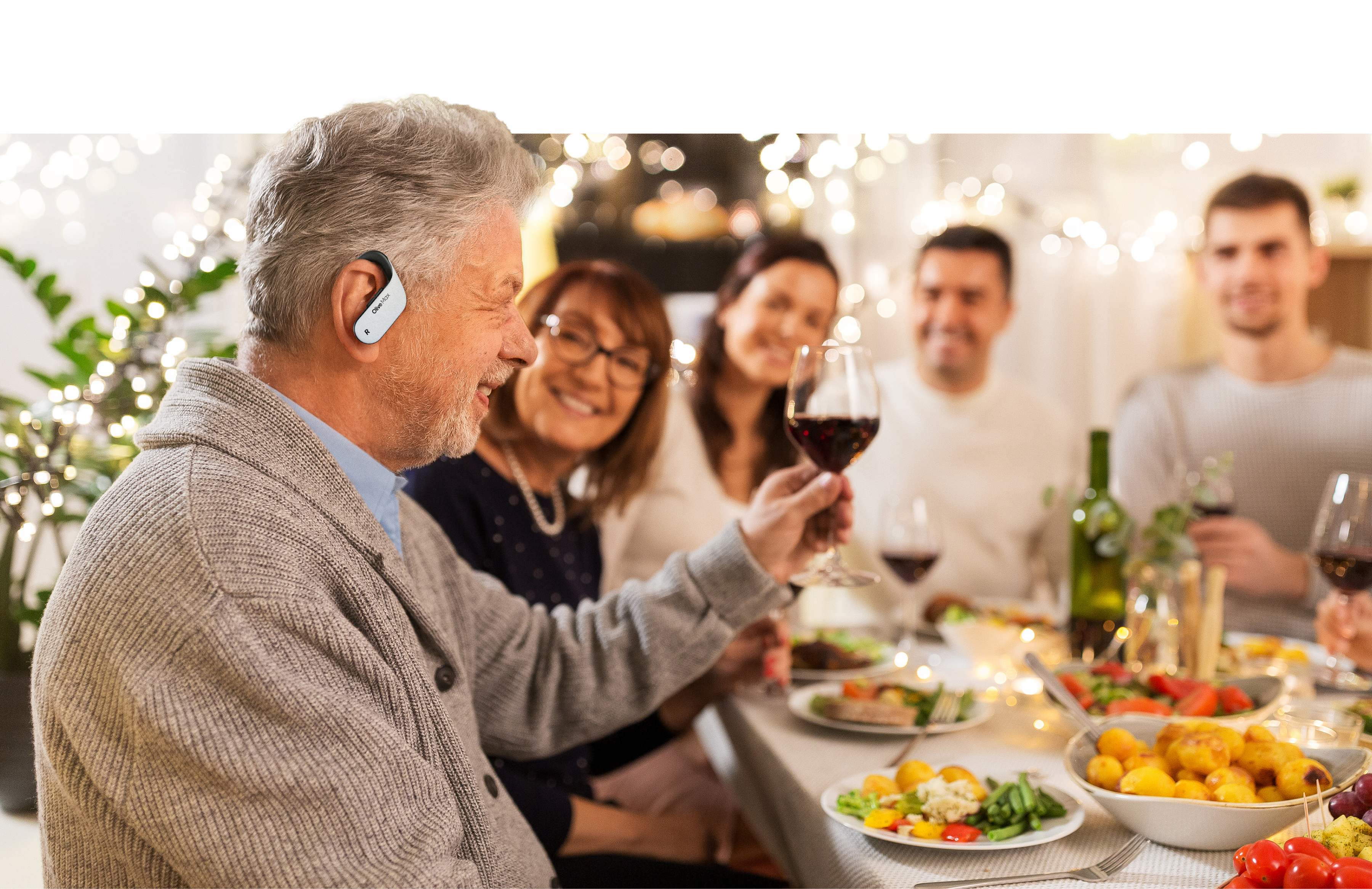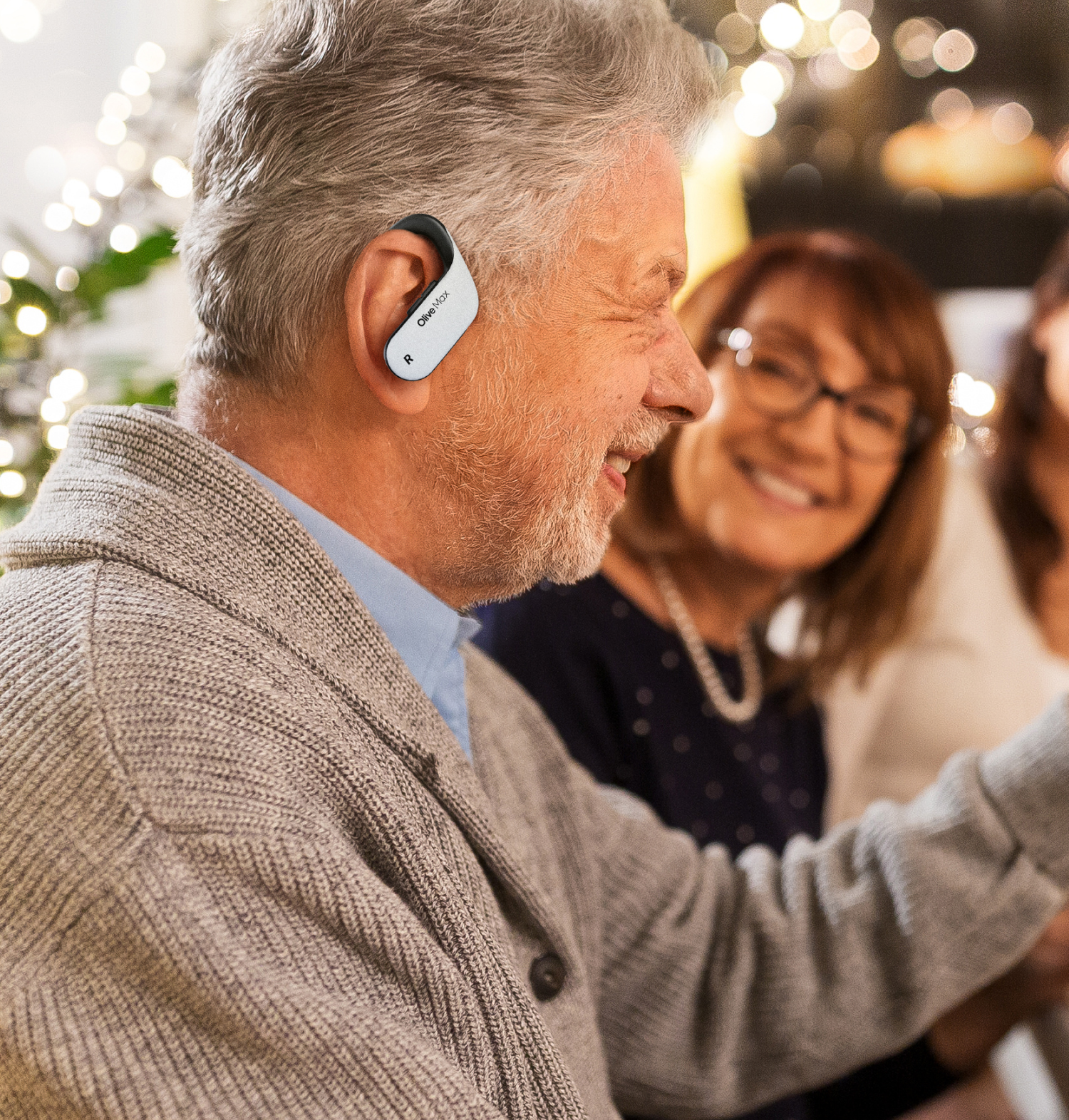

introducing olive max
Next-gen wireless &
rechargeable hearing aids
- FDA Class 2 OTC Hearing Aids
- Bluetooth playback and streaming with Apple or Android
- Rechargeable battery: 10 hours use, 30-minute quick charge with case
Why 100,000+ customers think Olive delivers an amazing experience
Olive is ...
Satisfying!
Join 100K+ happy customers across 84 countries with Olive Max! Enjoy our 89% product satisfaction and 4.67/5 customer service.
Easy to Use!
Order online for convenient doorstep delivery, ensuring easy setup at home. No more visiting offline hearing aids centers!
Reliable & Effective!
Olive Max stands as FDA Class 2 OTC hearing aids, meticulously developed through internal research and customer feedback.
Over 100,000+ Happy Customers


Make Hearing
More Meaningful..
“So affordable and easily accessible.”
“New to hearing aids? I recommend them. It's my first time too! ”
“I can hear my grandkid's voices again! ”
“If you're looking for a reasonably priced gift that will make your dad happy, choose Olive Max.”
There's A Clear Reason 100,000+ People Use Olive Max Everyday
Olive Max
Other Hearing Aids
Sound Amplifiers